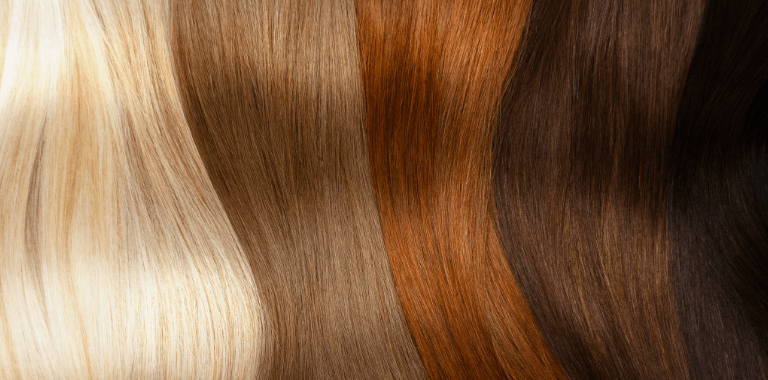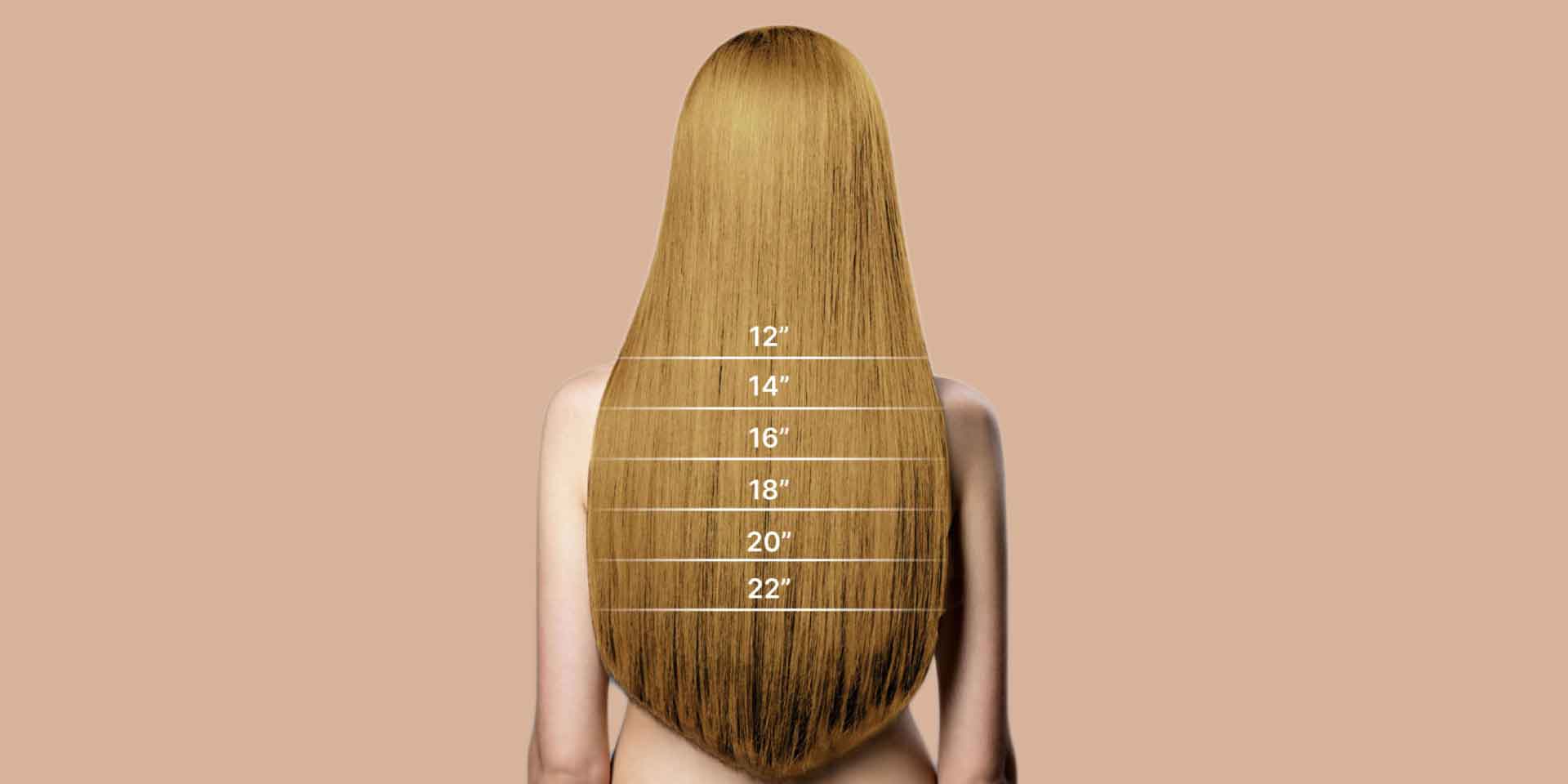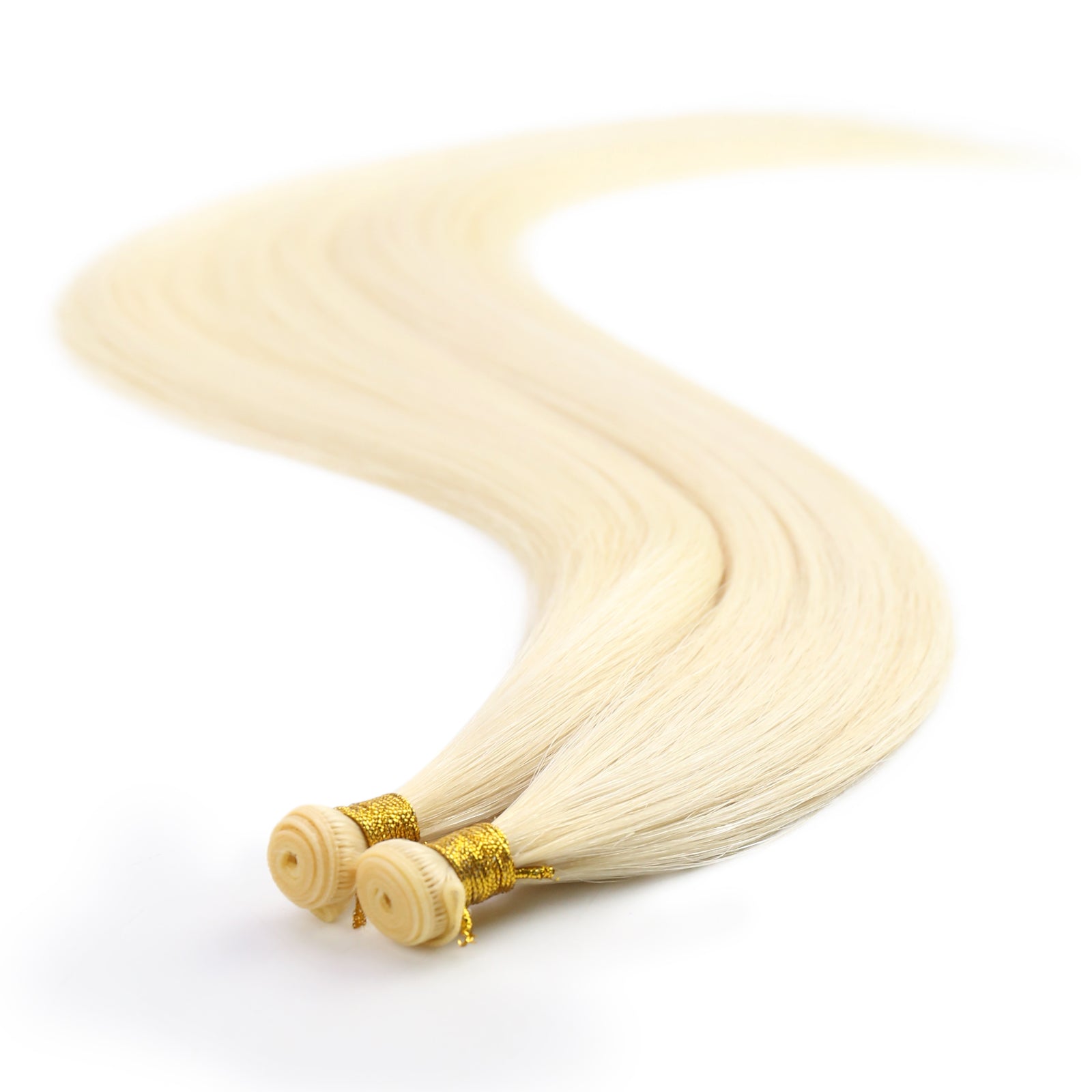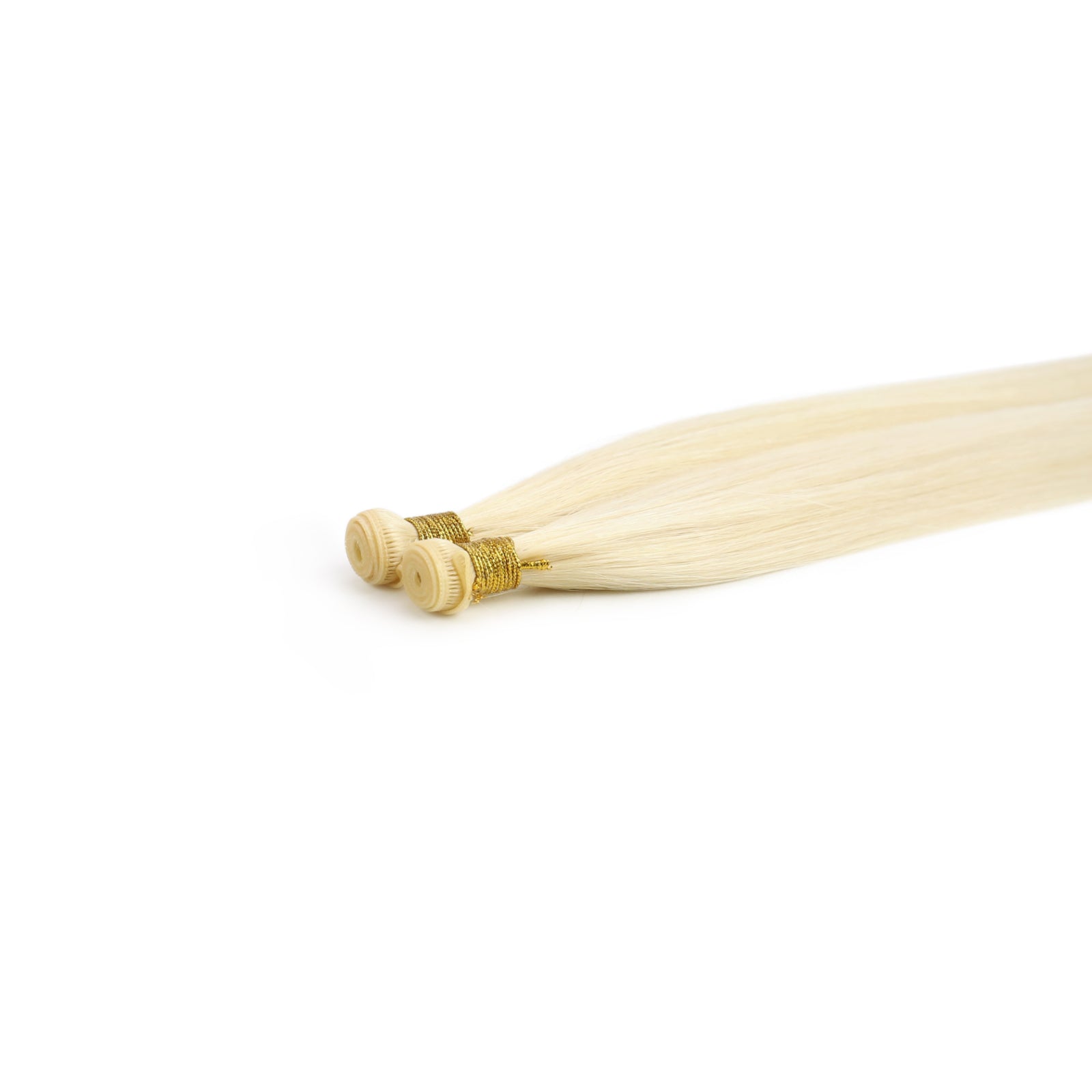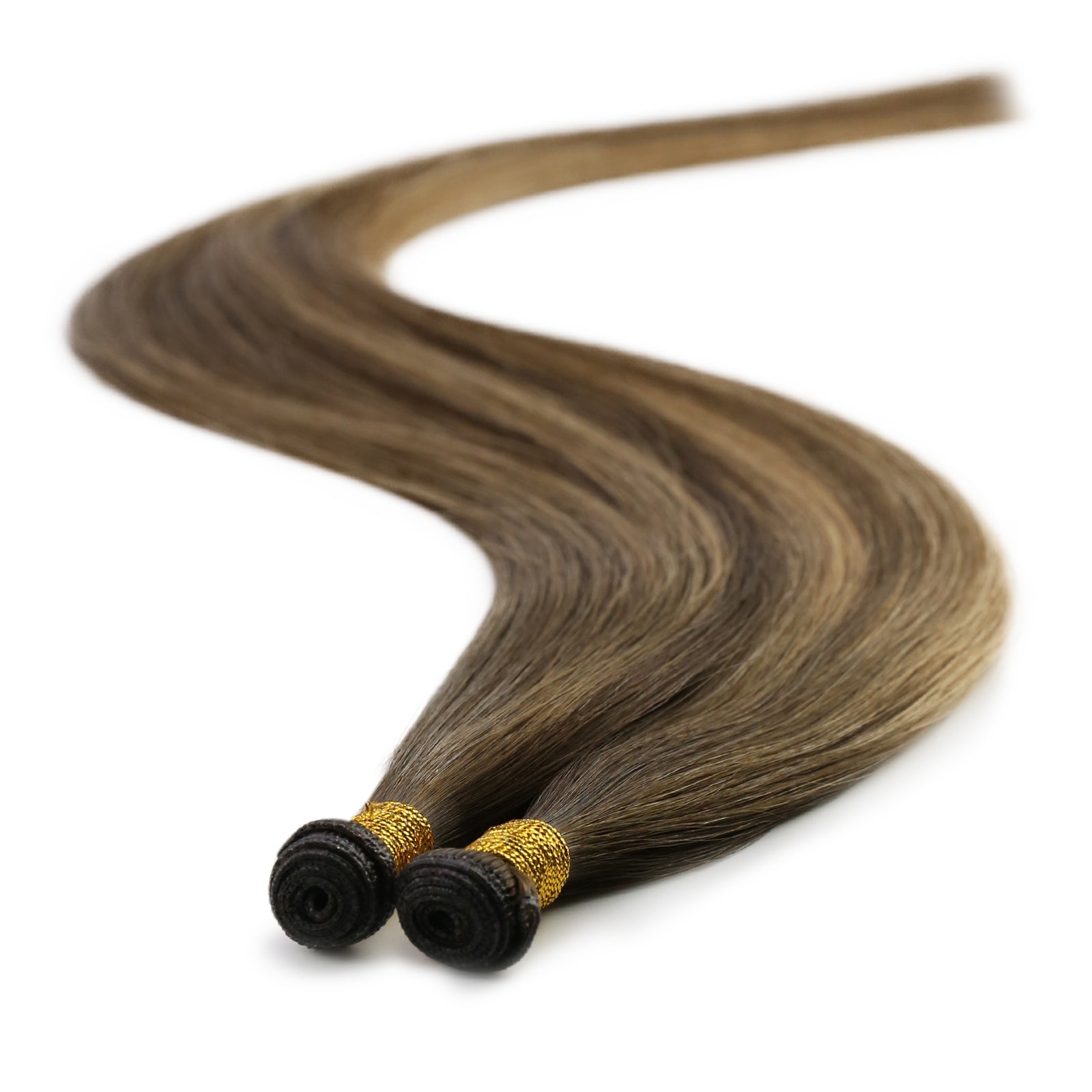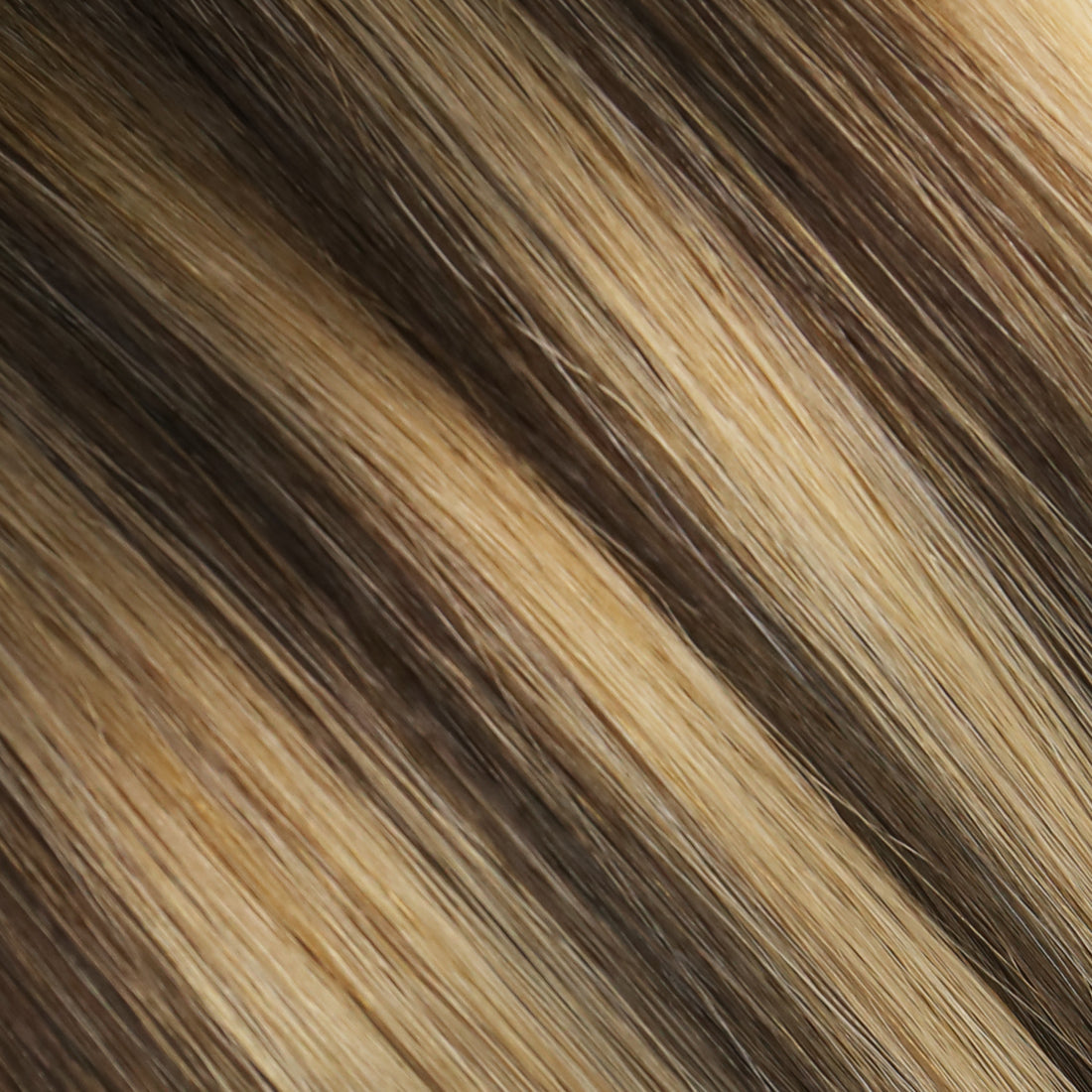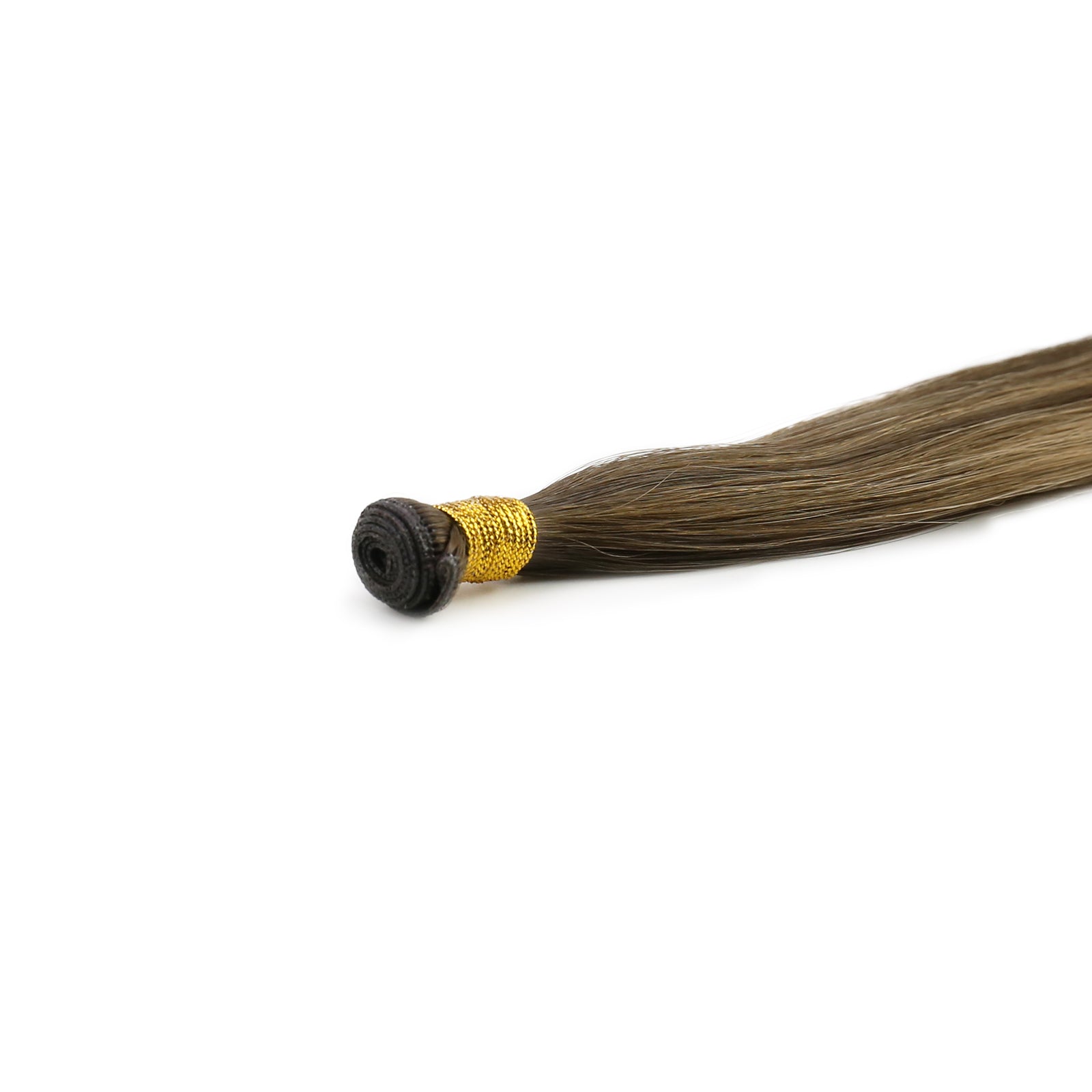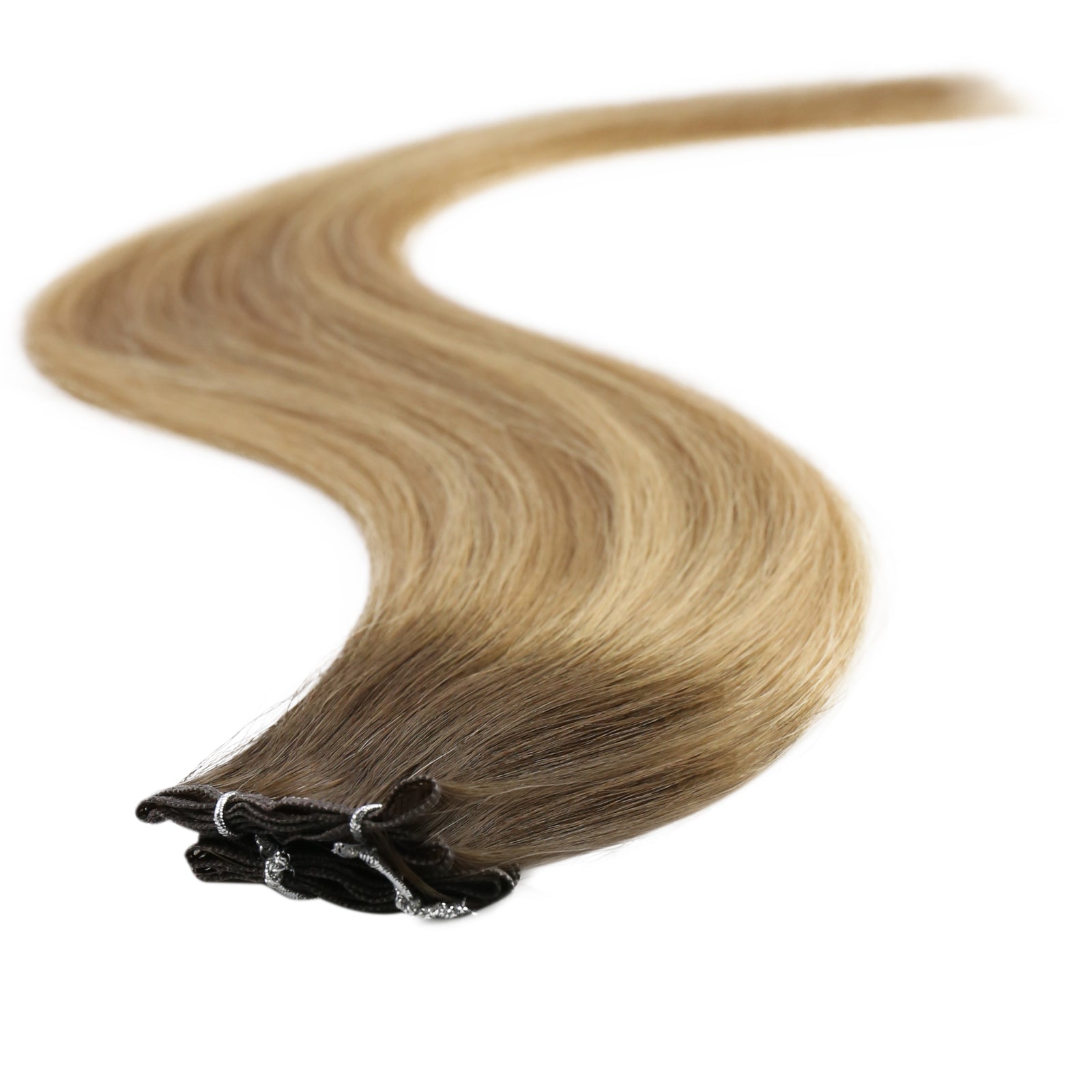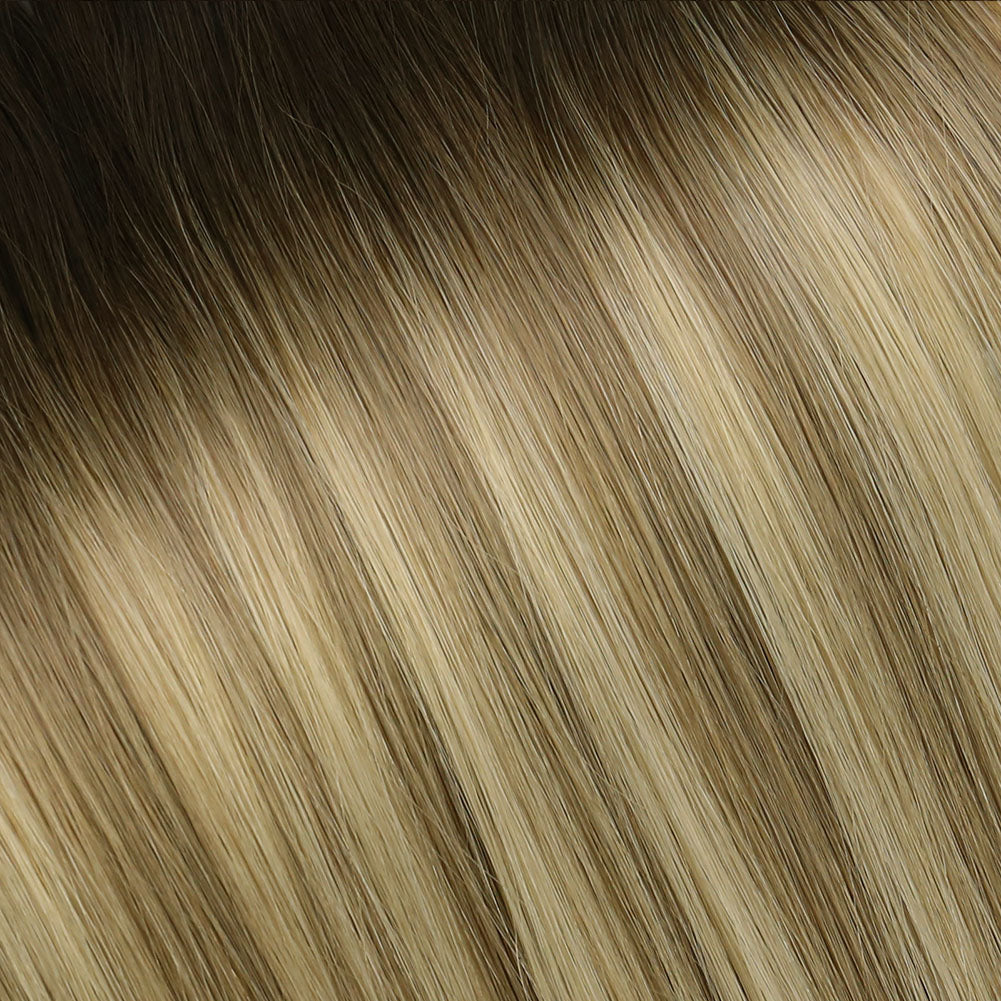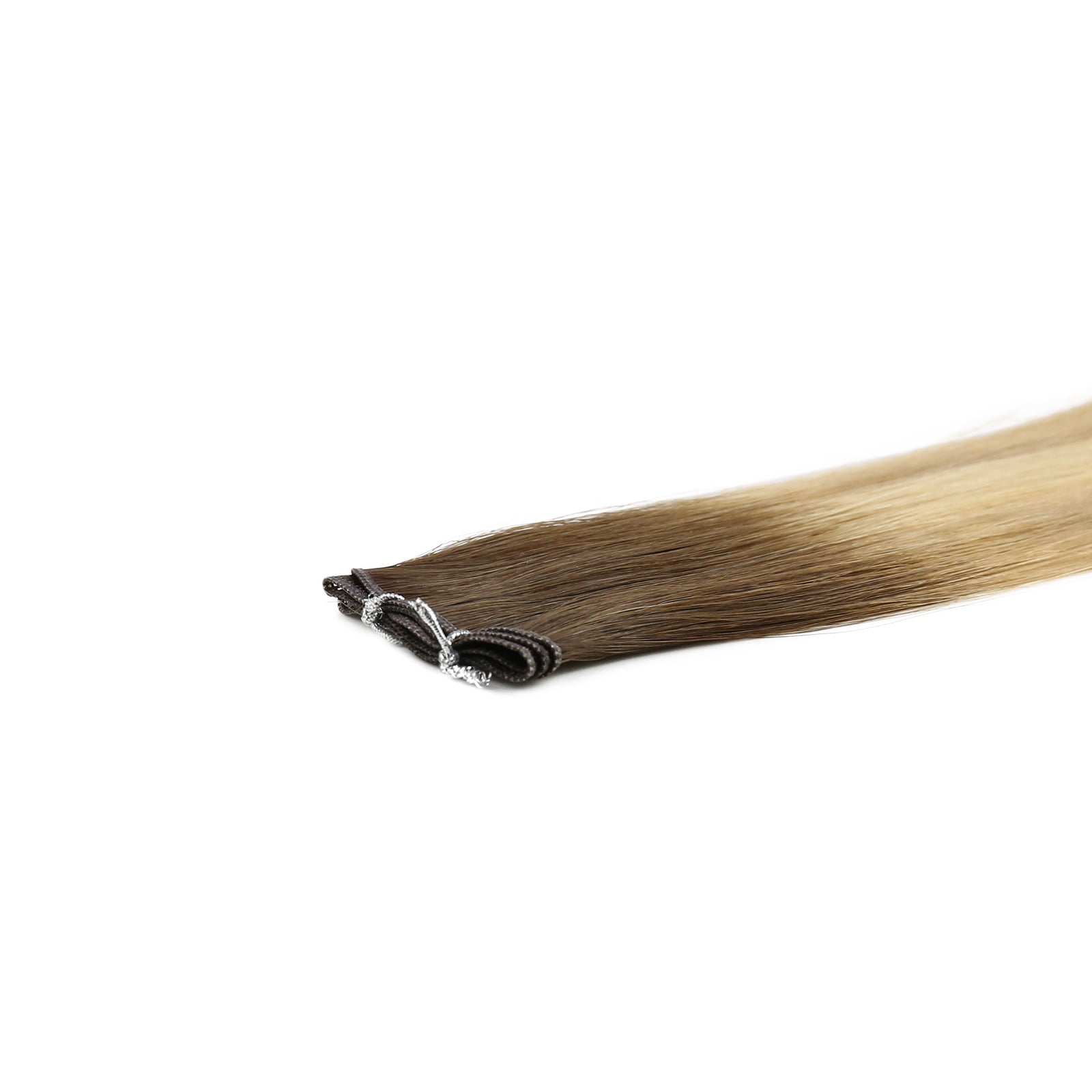Semi-permanent hair dye has surged in popularity among those looking to refresh their look without the long-term commitment of permanent color. This type of dye, known for its ability to wash out after several shampoos, offers a tempting array of vivid colors and shades, catering to the ever-changing beauty trends and personal style experiments. However, amid its rising popularity, a pressing question lingers: Is semi-permanent hair dye damaging? This article delves into the heart of this concern, exploring the impact of semi-permanent hair dye on our cherished locks.

What is Semi-Permanent Hair Dye?
Semi-permanent hair dye is a type of hair color that deposits pigment onto the surface of the hair without altering its natural pigmentation. Unlike permanent hair dye, it doesn't contain ammonia or a developer that opens the hair cuticle to allow color to penetrate deeply. As a result, the color fades gradually over time, typically lasting about 4-12 washes, depending on the brand and hair condition.
Key Characteristics of Semi-Permanent Hair Dye
- No Ammonia or Peroxide:It does not require a developer to activate, minimizing hair damage.
- Temporary Color: Semi-permanent-dyed hair fades naturally over time with shampooing.
- Enhances Natural Color:Semi-permanent dye adds vibrancy and shine without drastically changing the natural hair color.
- Conditioning Effects: Semi-permanent dye often includes conditioning agents that help to moisturize and soften hair.
Comparison with Permanent and Temporary Dyes
Permanent Hair Dye
- It contains ammonia and developer to permanently change hair color.
- It can cover gray hair effectively.
- It requires growth touch-ups as the hair grows.
Semi-Permanent Hair Dye
- It does not contain ammonia or peroxide, making it less damaging.
- Color fades over time, allowing for flexibility in color changes.
- It does not effectively cover gray hair.
Temporary Hair Dye
- It coats the hair surface for a very short duration (1-2 washes).
- It is used for quick, vibrant color changes or special occasions.
- It can be easily washed out, offering the least commitment.
This comparison underscores semi-permanent dye as a middle ground for those seeking a balance between longevity and hair health, offering a less damaging alternative to permanent dyes while providing longer-lasting color than temporary options.

Ingredients and Hair Health
Semi-permanent hair dyes are formulated with various ingredients that serve specific purposes, from depositing color to conditioning the hair. Understanding these ingredients can help users gauge the potential impact on hair health.
Common Ingredients in Semi-Permanent Dyes
- Direct Dyes:These are pre-formed, colorful molecules that coat the hair's surface, providing the desired color without the need for a developer. They're less damaging because they don't penetrate the hair shaft deeply.
- Conditioning Agents (e.g., Panthenol, Aloe Vera): Added to hydrate and condition the hair during the dyeing process, these agents help to maintain the hair's moisture balance, resulting in softer, shinier hair post-coloring.
- Alcohol: Used as a solvent in many hair dye formulations, alcohol can have a drying effect on the hair, especially with frequent use. However, its concentration is generally lower in semi-permanent dyes compared to permanent ones.
- Acidic pH Adjusters (e.g., Citric Acid): These adjust the pH of the dye to prevent the hair cuticle from opening too much, minimizing damage and keeping the hair's natural moisture intact.
Potential Effects on Hair Health
- Less Damage to Hair Structure:Since semi-permanent dyes don't contain ammonia or peroxide, they are less damaging compared to permanent dyes. They don't significantly alter the hair's natural structure or cause excessive dryness and brittleness.
- Moisture and Shine:The conditioning agents included in many semi-permanent dyes can actually improve the appearance of hair by adding moisture and shine, making hair feel healthier.
- Risk of Dryness:While generally less damaging, the presence of alcohols and frequent reapplication can lead to dryness in some hair types. It's essential to balance dyeing with proper hair care routines.
- Allergic Reactions: Despite being safer overall, there's still a risk of allergic reactions, mainly due to fragrance and preservatives. Conducting a patch test before full application is recommended to avoid adverse reactions.
In summary, semi-permanent hair dyes offer a gentler alternative to permanent dyes, with ingredients focused more on the superficial application of color and hair conditioning. However, understanding the potential effects of each ingredient can help users choose products that align best with their hair health goals.

Debunking the Non-Damaging Myth
Is semi permanent hair dye damaging? I would be lying if i said no. The belief that semi-permanent hair dye is entirely harmless stems from its less aggressive chemical composition compared to permanent dyes. However, this assumption doesn't fully account for the nuances of hair care and the potential for damage. It's essential to debunk this myth by considering various factors that can affect the overall health of dyed hair.
Factors Influencing Damage from Semi-Permanent Dyes
- Hair Condition Prior to Dyeing:Hair that is already damaged, dry, or brittle is more susceptible to adverse effects from dyeing. Semi-permanent dyes can still exacerbate existing hair conditions, especially if the hair lacks moisture or has been previously treated with chemicals (e.g., perming, straightening).
- Usage Frequency: Regularly reapplying semi-permanent dye can lead to accumulation of colorants and other chemicals on the hair shaft. Over time, this can affect the hair's natural texture and shine. While semi-permanent dyes are less damaging in a single application, frequent use without adequate hair care in between can lead to dryness and reduced hair elasticity.
- Quality of the Dye: Not all semi-permanent dyes are created equal. Some may contain higher concentrations of drying alcohols or harsh preservatives, which can irritate the scalp and dry out the hair. Choosing dyes with conditioning agents and fewer harsh additives can mitigate potential damage.
- Personal Sensitivities and Allergic Reactions:Even without ammonia or peroxide, some individuals may have sensitivities to other ingredients in semi-permanent dyes, such as fragrances or preservatives. These reactions can cause scalp irritation, redness, and in severe cases, hair breakage.
Debunking the Myth
While semi-permanent hair dyes offer a less damaging alternative, they are not entirely free from causing potential harm to the hair. Understanding the product's ingredients, recognizing personal hair health, and moderating the frequency of application are crucial steps in minimizing damage. It's also vital to conduct patch tests to rule out allergic reactions and to invest in quality products that prioritize hair health.
By acknowledging these factors, individuals can make more informed choices about using semi-permanent hair dye, enjoying the benefits of color experimentation while maintaining their hair's integrity and shine.

How to Minimize Hair Damage Caused by Semi-Permanent Dyes
To mitigate potential hair damage caused by semi-permanent dyes, it's crucial to prioritize hair care both before and after dyeing. Ensuring the health and integrity of your hair throughout the coloring process involves following these steps:
Before Dyeing
- Deep Conditioning: About a week before dyeing, start using deep conditioning treatments to hydrate and strengthen your hair. Healthy, moisturized hair can better withstand the dyeing process.
- Avoid Washing Immediately Before: Don’t wash your hair for at least 24 to 48 hours before applying semi-permanent dye. The natural oils in your hair can protect your scalp during the dyeing process.
- Strand Test: Conduct a strand test by applying the dye to a small, preferably hidden section of hair before dyeing your entire head. This helps you see the color outcome and how your hair reacts to the dye.
After Dyeing
- Use Color-Safe Shampoos: Opt for sulfate-free shampoos that are designed for colored hair. These products are gentler and help retain the dye’s vibrancy for longer.
- Regular Conditioning:Continue with regular conditioning treatments to keep your hair moisturized. Consider leave-in conditioners or hair masks specifically formulated for colored hair.
- Limit Heat Styling:Reduce heat styling as it can worsen dryness from hair dyes. Limit the use of blow dryers, straighteners, and curling irons. Prioritize using a heat protectant whenever you do style with heat.
- Avoid Frequent Re-dyeing:Giving your hair a break between dye sessions can prevent cumulative damage. Try to wait as long as possible before reapplying semi-permanent dye to allow your hair to recover.
By adhering to these tips, you can enjoy experimenting with semi-permanent hair colors while keeping your hair healthy, vibrant, and strong.
Alternatives to Semi-Permanent Hair Dyes
Considering alternatives to semi-permanent hair dye offers a fantastic opportunity to explore different looks without committing to one color or risking hair damage. Here are two enticing options to consider.

Hair Extensions
Intacte's semi-permanent Remy hair extensions provide a dynamic solution for those seeking alternatives to semi-permanent hair dyes. With an array of colors, lengths, and styles, they offer instant transformations, adding highlights, length, or volume without the commitment or potential damage of traditional dyeing methods. Clip-in colored extensions further enhance flexibility, enabling easy changes to your hair color without any chemical processes. In addition to clip-ins, such types as tape-ins and sew-ins can also be reused if applied and maintained properly.
Hair Mascara and Colored Hair Sprays
Hair mascara and colored hair sprays are temporary hair color products that can be applied to strands to create highlights, streaks, or an all-over color change. They wash out with shampoo, making them perfect for short-term experimentation.
They are easy to be applied and removed, ideal for special occasions or testing new colors and have minimal risk of damaging hair.
Summing Up
So, is semi permanent hair dye damaging? It depends. Semi-permanent hair dye presents a lower risk of damage compared to its permanent counterparts due to its lack of harsh chemicals. However, it's not entirely free from causing potential harm, especially with frequent use or on pre-damaged hair. Employing proper care before and after dyeing can significantly minimize these risks. For those particularly concerned about hair health, exploring alternatives like hair extensions and hair mascara offers creative ways to experiment with color without compromising hair integrity.

